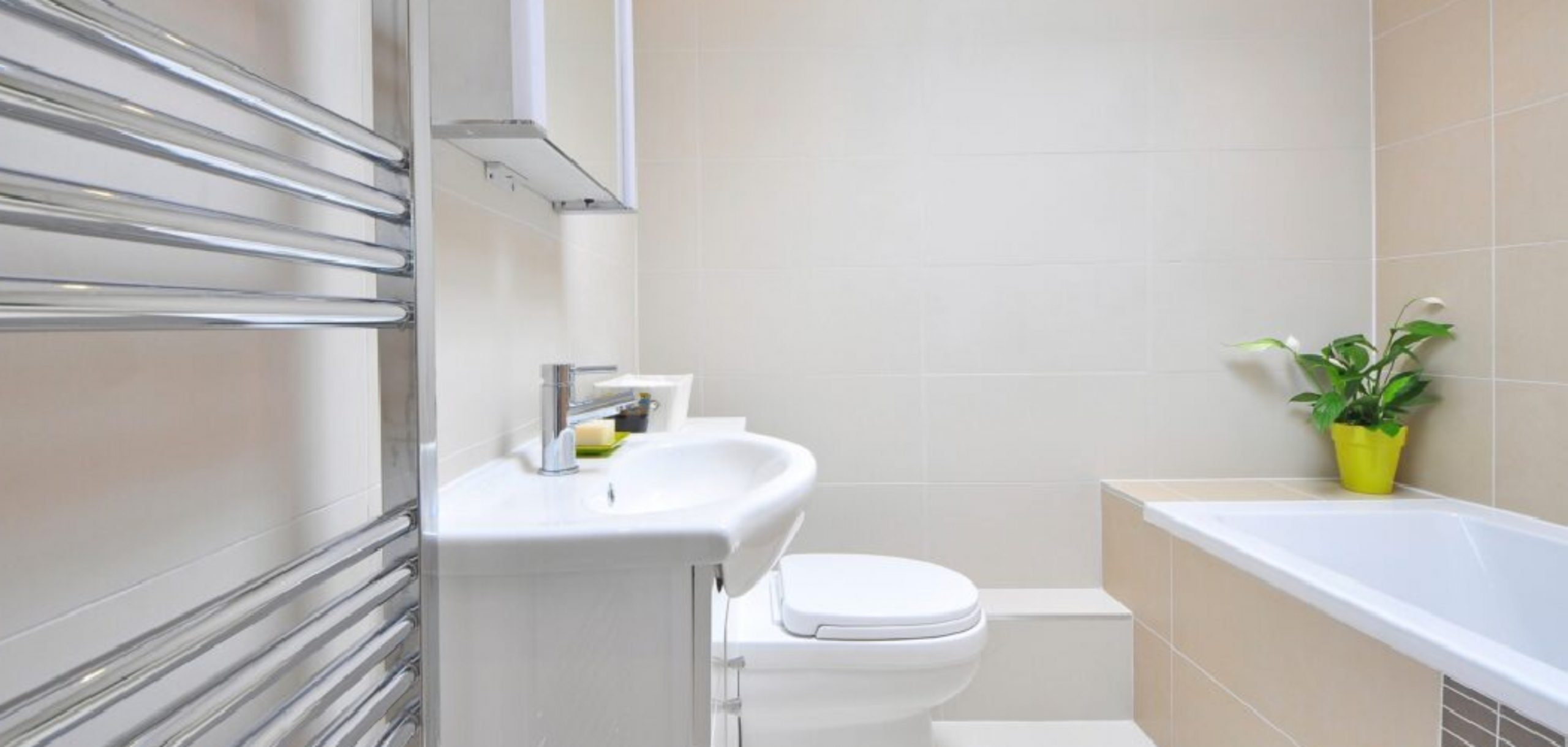Clogged drain tiles can lead to a host of serious problems, making it essential to address these issues quickly. When these drainage systems become blocked, water cannot flow freely, resulting in water pooling around foundations and yards, which can cause extensive water damage, promote mold growth, and weaken structural integrity.
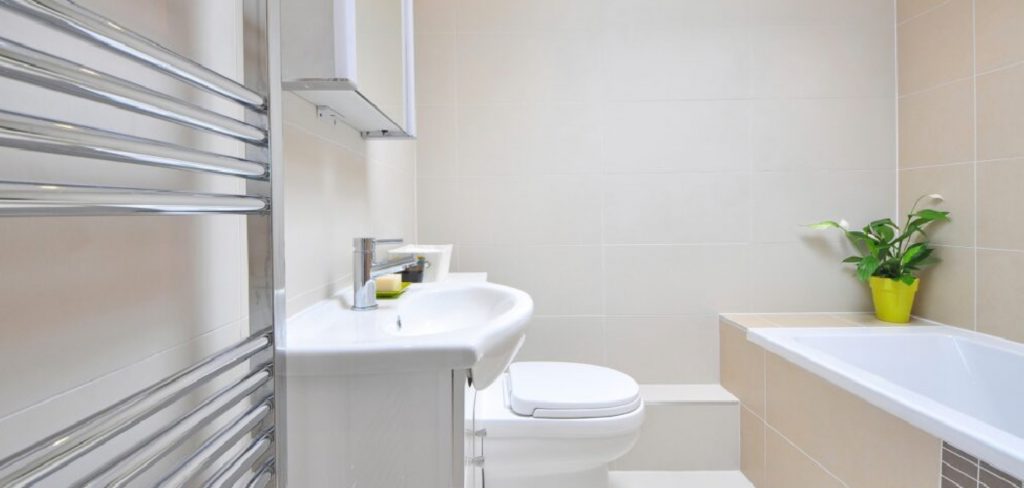
Poor drainage can also lead to flooding, causing a significant increase in repair costs and potential property loss. Understanding how to unclog drain tile is crucial for maintaining the effectiveness of these systems. This article will explore various methods for clearing clogs, including plumbing snakes, pressure washers, and chemical drain cleaners.
By following the proper steps and implementing regular maintenance, homeowners can effectively manage their drainage systems and prevent future blockages, ensuring the longevity and safety of their properties.
Understanding Drain Tiles
What Are Drain Tiles?
Drain tiles are perforated pipes or tubes strategically placed in trenches around the perimeter of a property to manage groundwater. Their primary function is to collect excess water and redirect it away from structures, thereby preventing water damage to foundations.
This system works by allowing water to seep into the perforations of the pipes, which then channel it away from the area, helping to mitigate flooding and maintain a stable environment for buildings and landscapes.
Common Causes of Clogs
Several factors can lead to clogs in drain tiles. Debris and sediment such as leaves, soil, and other organic matter can accumulate, obstructing the flow of water. When these materials enter the system, they create blockages that hinder drainage, resulting in potential flooding.
Additionally, root intrusion is a significant issue, where the roots of nearby plants or trees seek moisture from the tiles. As these roots invade the pipes, they can cause severe blockages, significantly affecting the system’s efficiency and functionality. Regular maintenance is essential to prevent these issues and ensure the effective operation of drain tiles.
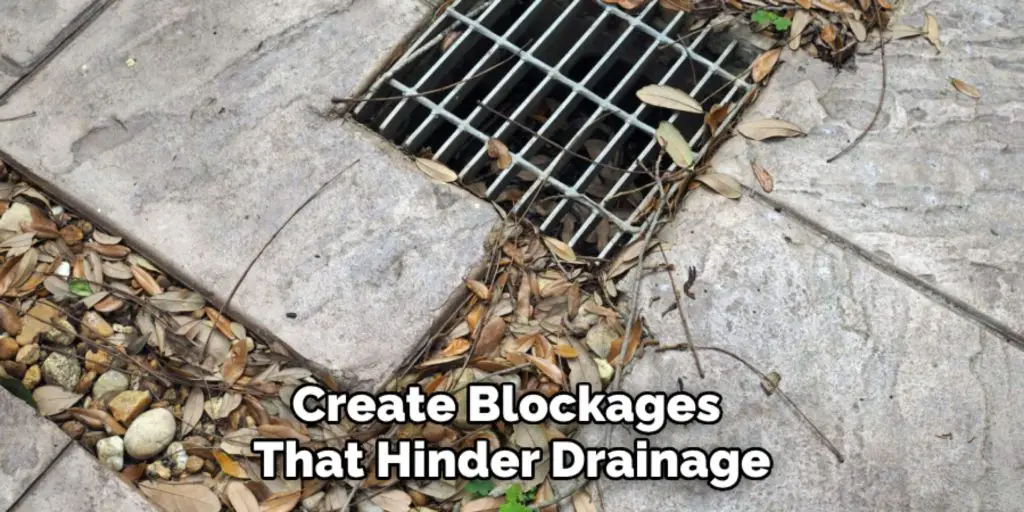
Initial Assessment and Preparation
Step 1: Inspect the Drain Tile System
How to Do It: Begin by examining the areas surrounding the drain tiles for any indicators of clogging, such as water pooling in the yard or noticeably slow drainage in nearby areas. If necessary, use a flashlight to inspect the access points and check for visible blockages or damage within the system.
Why It’s Important: Identifying the specific location and extent of any clogs is crucial for determining which method will be most effective for their removal. Understanding the severity of the issue allows for a more targeted approach to addressing the problem.
Step 2: Prepare the Work Area
How to Do It: Before you begin unclogging, clear the area around the drain tiles of leaves, dirt, and other debris that could impede access. Gather all necessary tools—such as a plumbing snake, pressure washer, or chemical cleaners—and ensure you have personal protective equipment, including gloves and eye protection, on hand.
Why It’s Important: Properly preparing the work area allows you to work more efficiently and ensures your safety during the unclogging process. A clean and organized workspace reduces the risk of accidents and streamlines the procedure for tackling the clog effectively.
How to Unclog Drain Tile: Methods for Unclogging Drain Tiles
Step 1: Use a Plumbing Snake
How to Do It: Begin by inserting a plumbing snake into the drain tile access points. Carefully rotate the snake while pushing it deeper into the pipe to break up clogs and remove debris.
It is crucial to work the snake through the entirety of the pipe to ensure thorough cleaning, as blockages can often be located at various points along the drain tile. Once the clog is dislodged, remove the snake and check for drainage improvement.
Why It’s Effective: A plumbing snake is particularly effective because it can navigate the drainage system’s twists and turns to reach and dislodge clogs that are otherwise inaccessible. Its flexible design allows it to break up any buildup of debris, making it an essential tool for maintaining clear drain tiles.
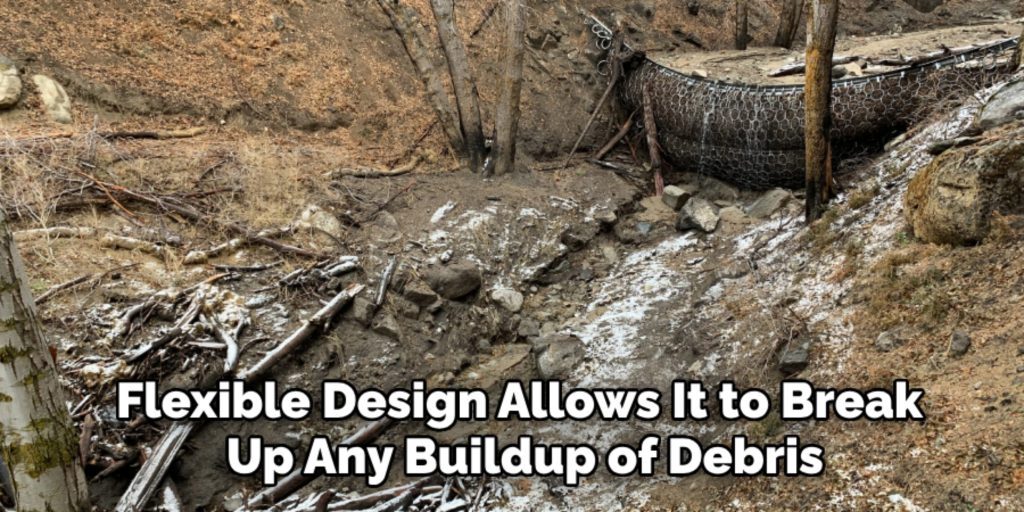
Step 2: Use a Pressure Washer
How to Do It: To tackle clogs with a pressure washer, attach a specialized nozzle designed for drain cleaning to the washer’s output. Position the nozzle at the drain tile access points and turn on the pressure washer.
Apply high-pressure water to dislodge any accumulated debris and flush out the pipe. Move the nozzle throughout the access points to ensure comprehensive coverage and cleaning.
Why It’s Effective: The power of high-pressure water is invaluable when it comes to clearing out sediment, debris, and even minor root intrusions in drain tiles. The intense pressure can break up stubborn clogs that tools like plumbing snakes may not be able to handle alone, providing a thorough cleaning solution for maintaining effective drainage.
Step 3: Use Chemical Drain Cleaners
How to Do It: When using chemical drain cleaners, begin by selecting a product specifically designed for drain tiles. Carefully follow the manufacturer’s instructions regarding application guidelines and safety precautions, including wearing appropriate protective gear.
Pour the chemical cleaner into the drain tile access points, allowing it to sit for the instructed duration to effectively dissolve organic matter and clear clogs.
Why It’s Effective: Chemical drain cleaners are effective because they can penetrate and break up obstructions caused by grease, plant matter, and other organic material within the tiles.
However, caution is necessary as improper use can lead to damage to the drain tiles or harm the surrounding environment. It’s essential to ensure that the chemical cleaner is compatible with your drainage system, and safety should always be prioritized when using such products.
Preventing Future Clogs
Step 1: Regular Maintenance
How to Do It: Schedule regular inspections and cleanings of your drain tile system at least once or twice a year. During these inspections, remove any visible debris from the access points, such as leaves and sediment. Also, check for any signs of damage or degradation in the tiles to ensure they are functioning correctly.
Why It’s Important: Regular maintenance helps prevent debris buildup, which is the leading cause of clogs. Proactively addressing any issues can significantly reduce the risk of serious blockages, ensuring your drainage system remains efficient and effective.
Step 2: Landscaping and Drainage Management
How to Do It: To protect your drain tiles, avoid planting large trees or shrubs in close proximity, as their roots can intrude into the system. Additionally, ensure that your yard features proper grading and drainage to direct surface water away from the drain tile area.
Why It’s Important: Implementing effective landscaping and drainage management practices can prevent root intrusion and minimize the amount of debris entering the drain tile system. By taking these precautions, you will help maintain your system’s integrity and functionality over time, safeguarding against future clogs.
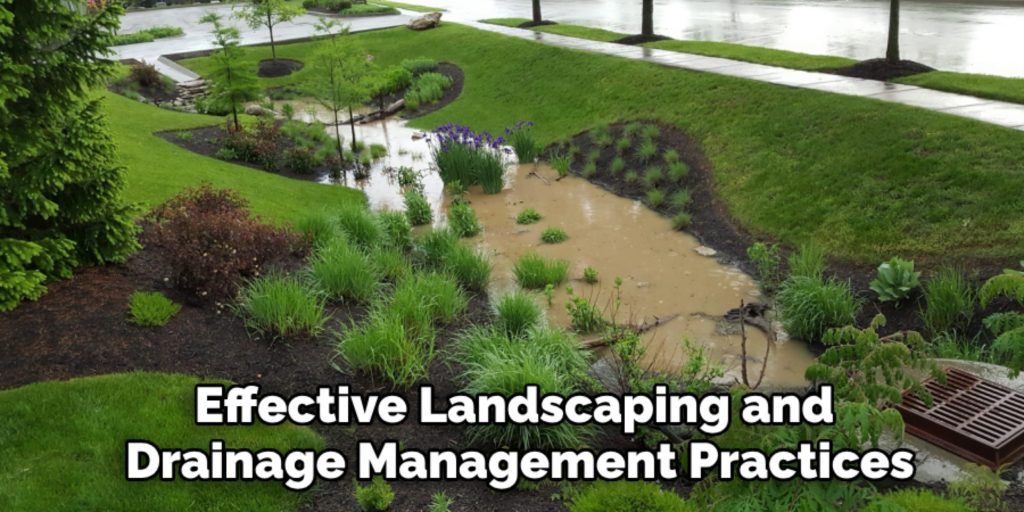
When to Call a Professional
Persistent or Severe Clogs
What to Do: If you find that drainage problems continue despite your best unclogging efforts or if you are dealing with severe blockages that are resistant to your methods, it is advisable to consult a professional plumber or drainage specialist. Their expertise can provide the insight and tools needed to resolve stubborn clogs efficiently and safely, preventing further damage to your drainage system.
Complex Issues
What to Do: In cases where there is significant damage to the drain tiles, or if you encounter complex clogs resulting from invasive roots or significant build-ups, it is crucial to seek professional help. Trained specialists have the knowledge and advanced equipment required to diagnose the underlying issues accurately and carry out effective repairs, ensuring the long-term functionality of your drainage system.
Frequently Asked Questions (FAQs) about Unclogging Drain Tiles
What Is a Drain Tile?
Answer: A drain tile is a type of piping system installed underground to manage and redirect excess water from around your home or property. It helps prevent flooding by collecting and channeling water away from the foundation.
How Can I Tell if My Drain Tiles Are Clogged?
Answer: Signs of a clogged drain tile include slow drainage in areas of your yard, standing water during rain, or water pooling around your home’s foundation. Additionally, you might notice water backing up into lower areas or basements.
How Often Should I Inspect My Drain Tiles?
Answer: Inspecting your drain tiles at least once or twice a year, particularly before and after heavy rainfall seasons, is recommended. Regular inspections help identify potential problems early and maintain effective drainage.
Can I use a home remedy to unclog drain tiles?
Answer: Some homeowners choose to use vinegar and baking soda as a natural cleaning method for minor clogs. However, it’s usually better to employ mechanical methods or professional services for more severe blockages to ensure thorough clearing without damaging the tiles.
Is using chemical drain cleaners safe for drain tiles?
Answer: While chemical drain cleaners can dissolve certain clogs, they may also pose risks to your drain tiles, especially if not used correctly. Always read the label carefully, ensure compatibility with your plumbing system, and use protective gear when handling these products. It’s often safer to seek mechanical solutions or professional assistance for stubborn clogs.
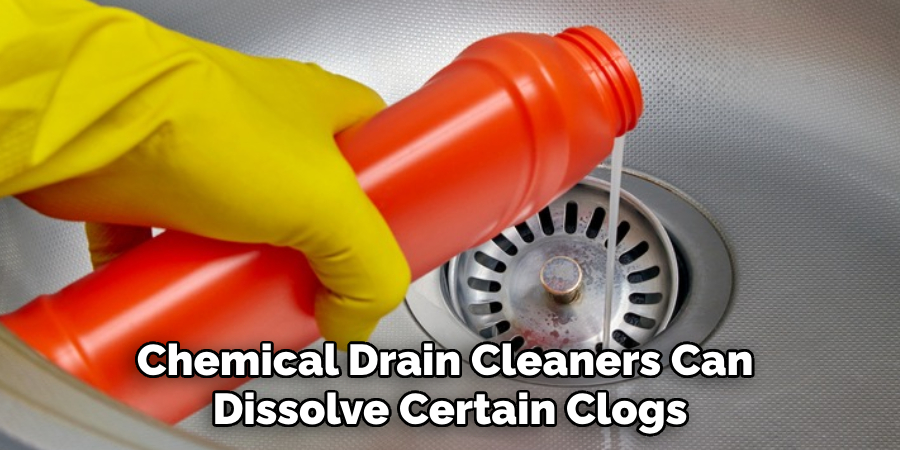
Conclusion
In summary, effectively unclogging drain tiles involves several key methods: using a plumbing snake to break up clogs, employing a pressure washer for powerful flushing, and utilizing chemical drain cleaners for dissolving organic matter.
Each method serves its purpose, and selecting the right tool can significantly restore proper drainage. However, prevention is equally important; regular maintenance and thoughtful landscaping help prevent future clogs by minimizing debris accumulation and root intrusion. It is crucial to stay vigilant and promptly address any signs of clogging.
If you ever find yourself unsure of how to unclog drain tile or facing persistent issues, do not hesitate to seek professional assistance. This proactive approach will ensure your drainage system remains effective and efficient over time, safeguarding your property from potential water damage.

